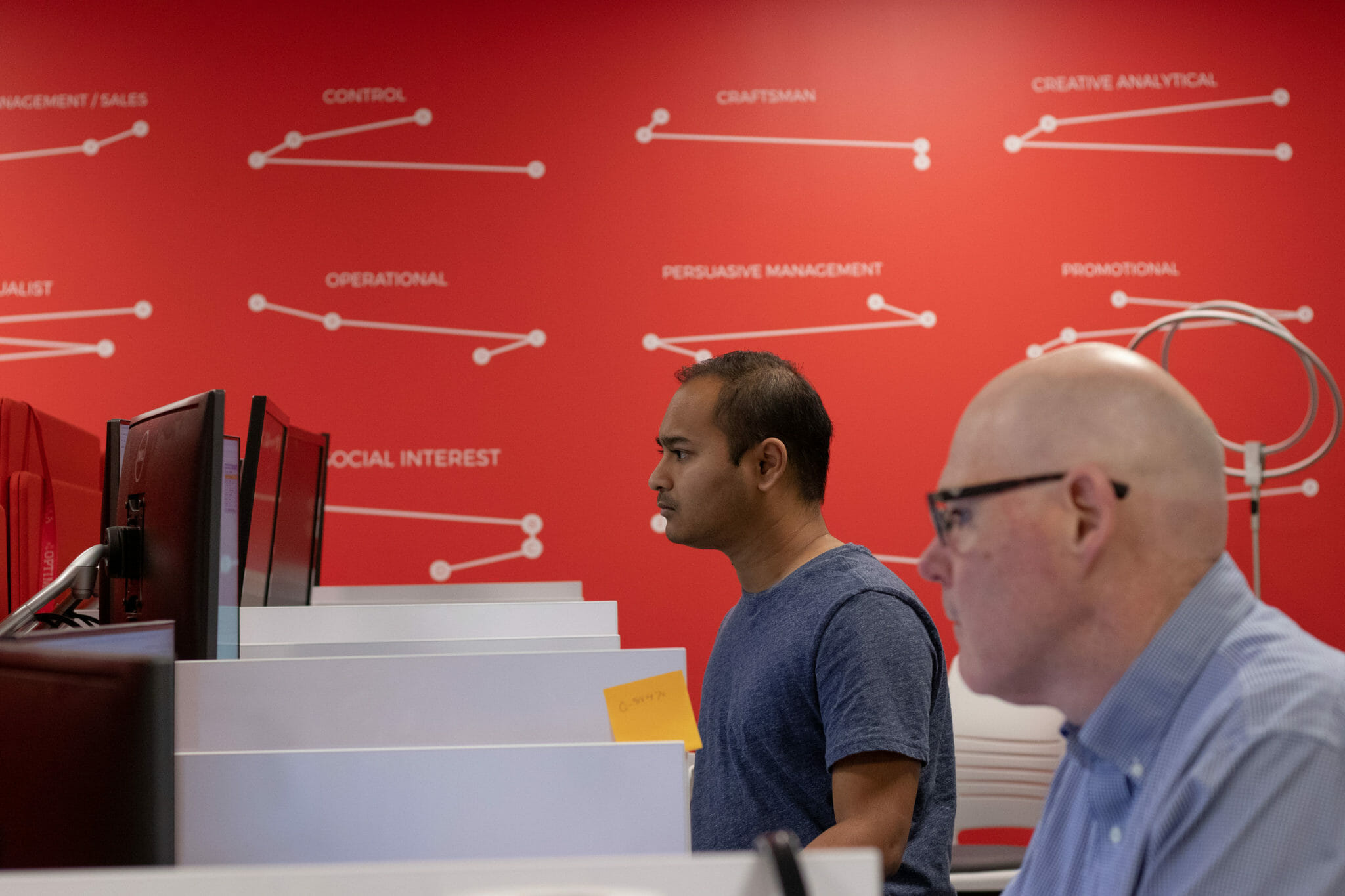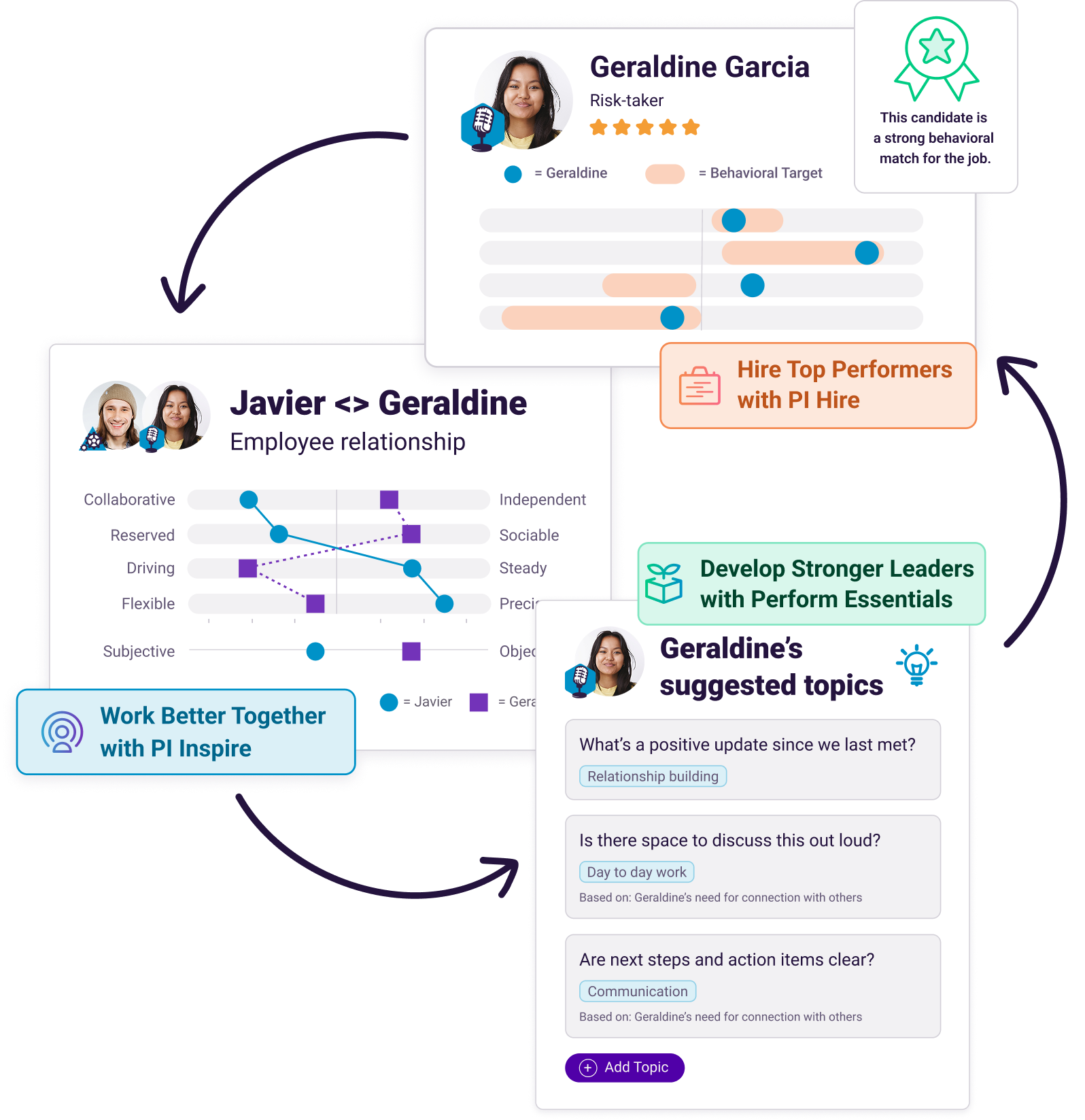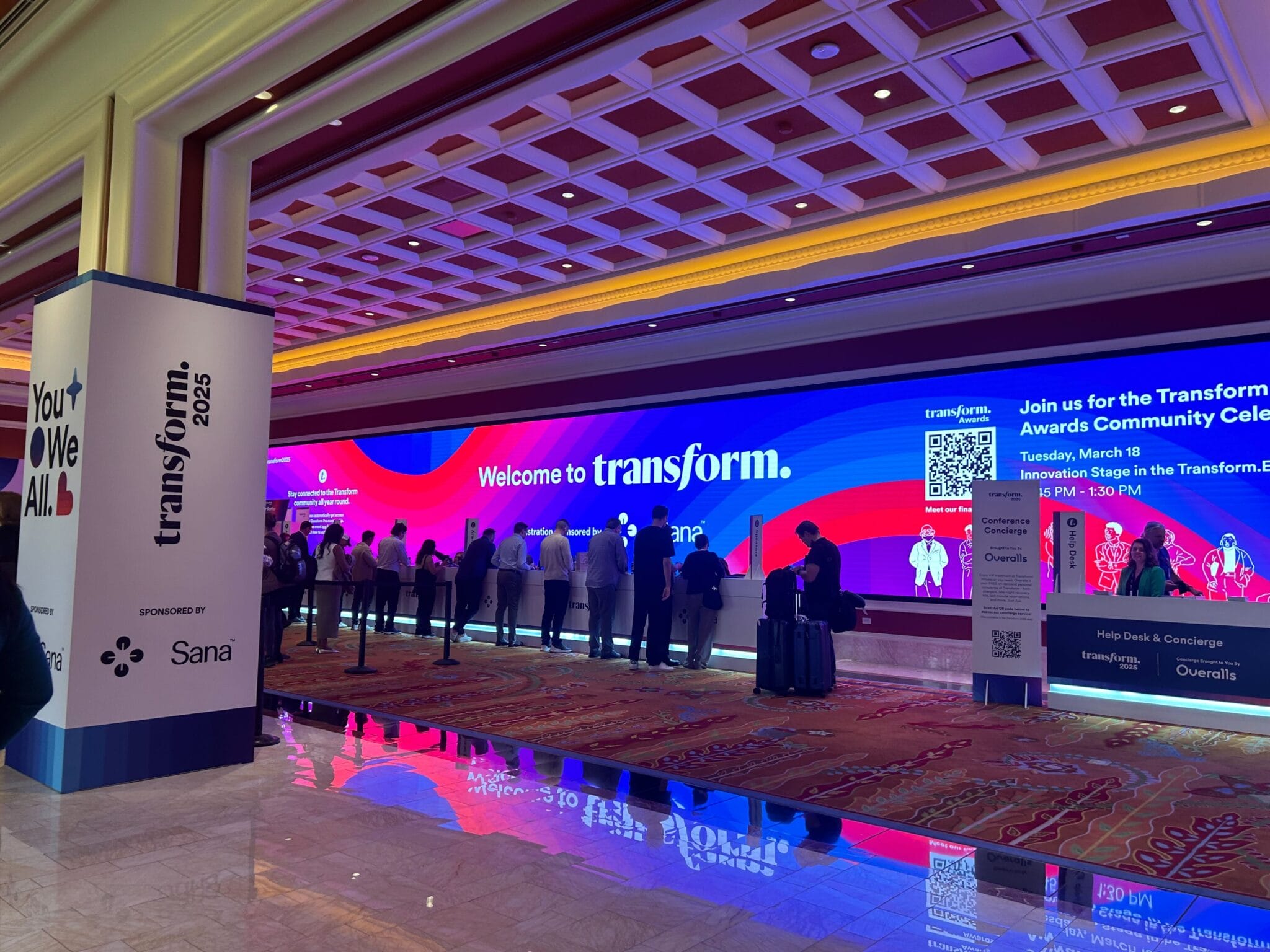System implementation requires three things: people, process, and technology. The last two are straightforward, and there’s lots of advice out there about how to implement new systems and software.
But what about getting employees on board with the change? That aspect of system implementation is less discussed—even though it’s so important.
Employees are the main reason your new system will succeed or fail. Implementing a new system without getting buy-in from workers can lead to trouble.
Take Hershey’s ERP implementation blunder in 1999—during Halloween. While most chalk the failure up to poor process and lack of testing, analysts are glazing over a critical component: the people involved.
Join 10,000 companies solving the most complex people problems with PI.
Hire the right people, inspire their best work, design dream teams, and sustain engagement for the long haul.
6 steps to improve the system implementation process
If you’re looking for support with the technical aspects of system or software implementation, check out this blog or this blog.
To learn how to get the people part of system implementation right, read on.
1. Identify your stakeholders.
If you’ve appointed an executive sponsor for the system implementation, that person can support the project manager in identifying stakeholders. (Tip: Having the right project manager matters. Heres’s how to hire a good project manager.)
Key stakeholders might be:
- Someone from your information technology (IT) department
- A member of your business systems team
- Representatives from any team whose operations will be impacted by this new system
2. Get everyone on board.
Critical to the implementation of anything new is getting buy-in from key stakeholders and users. If employees who will use this system aren’t bought into the need for the system, or the system itself, implementation won’t stick.
How do you gain buy-in? By understanding what stakeholders are looking for.
For example, your CFO may want to know what the business case is for this implementation. What will the ROI be? Your IT or business systems teams may be curious about integrations or technical details. Your operations team may care about how the implementation of this new system will impact their existing workflows.
Come prepared with resources and documentation to help each of these stakeholders feel more confident. Give them time to read these resources and ask questions to better understand the decision they’re making.

3. Anticipate resistance.
While change is often necessary, it’s not always readily accepted. Successful change management factors in resistance.
As early as possible, senior leadership should communicate the “why” behind the system implementation. Change can be difficult—particularly for people who are behaviorally-wired to not jump right into new ideas.
Transparency is critical. Share the answers to the following questions with your workforce:
- Why are you making these changes?
- What results do you expect to see?
- What happens if you maintain the status quo?
4. Identify champions for change.
Internal champions play a key role in change initiatives. They help to socialize ideas and gain buy-in at an individual level.
System implementation champions could be employees with a high patience drive. They tend to look at change from different angles and evaluate it fully before committing. Recruit their help in supporting teammates who may be resistant or unhappy with the change.
5. Create a customized communication plan.
This new system is going to tie together data points or streamline processes. But that doesn’t mean everyone’s going to be gung-ho about this change to business process.
Tailor your communication according to each employee’s Reference Profile or behavioral pattern. Employees with a high degree of formality may want all the details about how this system will work, what it will integrate with, and how it will impact current business processes. By sharing a document of the implementation plan, you can ease their concerns.
You might also be strategic about which channels you use for communication. For example, those same high formality employees may love walking through your project requirements spreadsheet. However, more highly extraverted employees may want to have a meeting to talk through the new system and its implications on their work.
6. Provide adequate training.
The final step to system implementation is to ensure employees know when and how to use this new system.
Be explicit in defining who should be using this system and for which purposes. Ensure there are thorough and diverse learning resources employees can use to onboard. This may include user manuals, hands-on training, and access to digital learning for the system (e.g., Salesforce’s Trailhead).
Successful system implementation relies on people.
As your company grows, you need systems and processes to support that growth. Each of these systems helps your organization create a structure that allows for scalability.
For example, maybe you implement a customer service tool like Zendesk to track customer service queries, leverage canned responses, and report on response times. Or maybe you use a CRM like Salesforce to capture lead information, sales interactions, and customer data. You might even adopt a data visualization software—like Domo or Tableau—to make data easily accessible and simple to manipulate for employees across the organization.
By making sure your people are aligned with the processes and technologies you’re adding, you increase the likelihood of successful implementation and adoption of new systems.
Join 10,000 companies solving the most complex people problems with PI.
Hire the right people, inspire their best work, design dream teams, and sustain engagement for the long haul.








